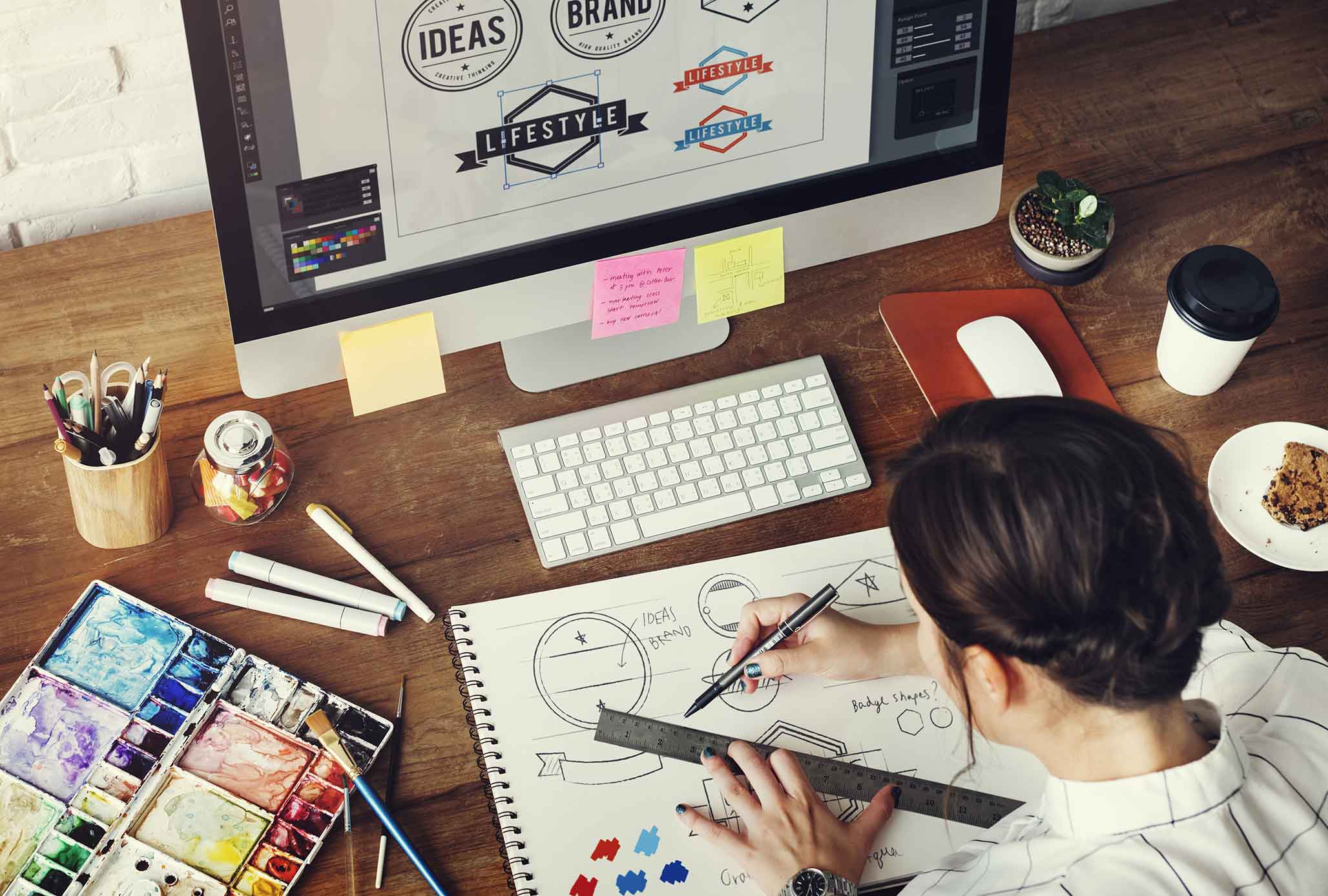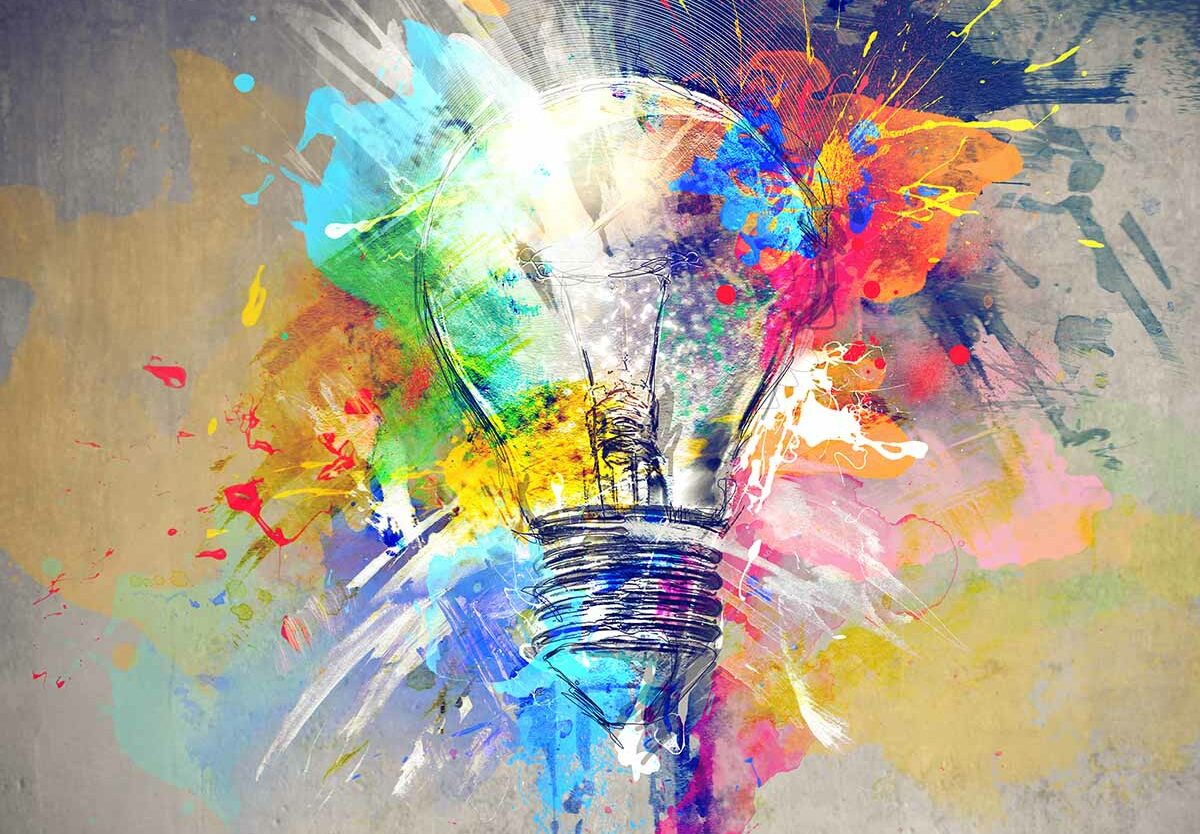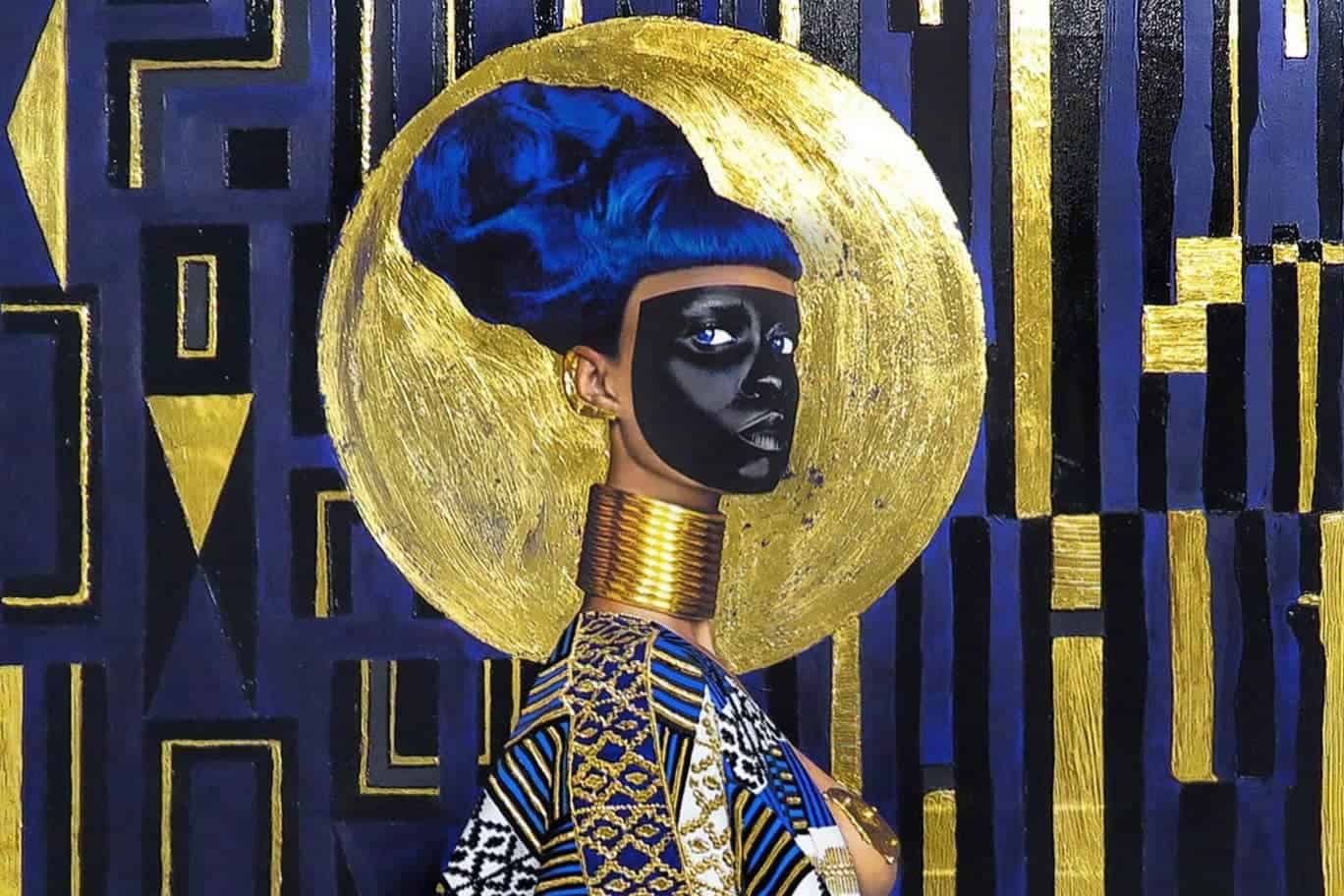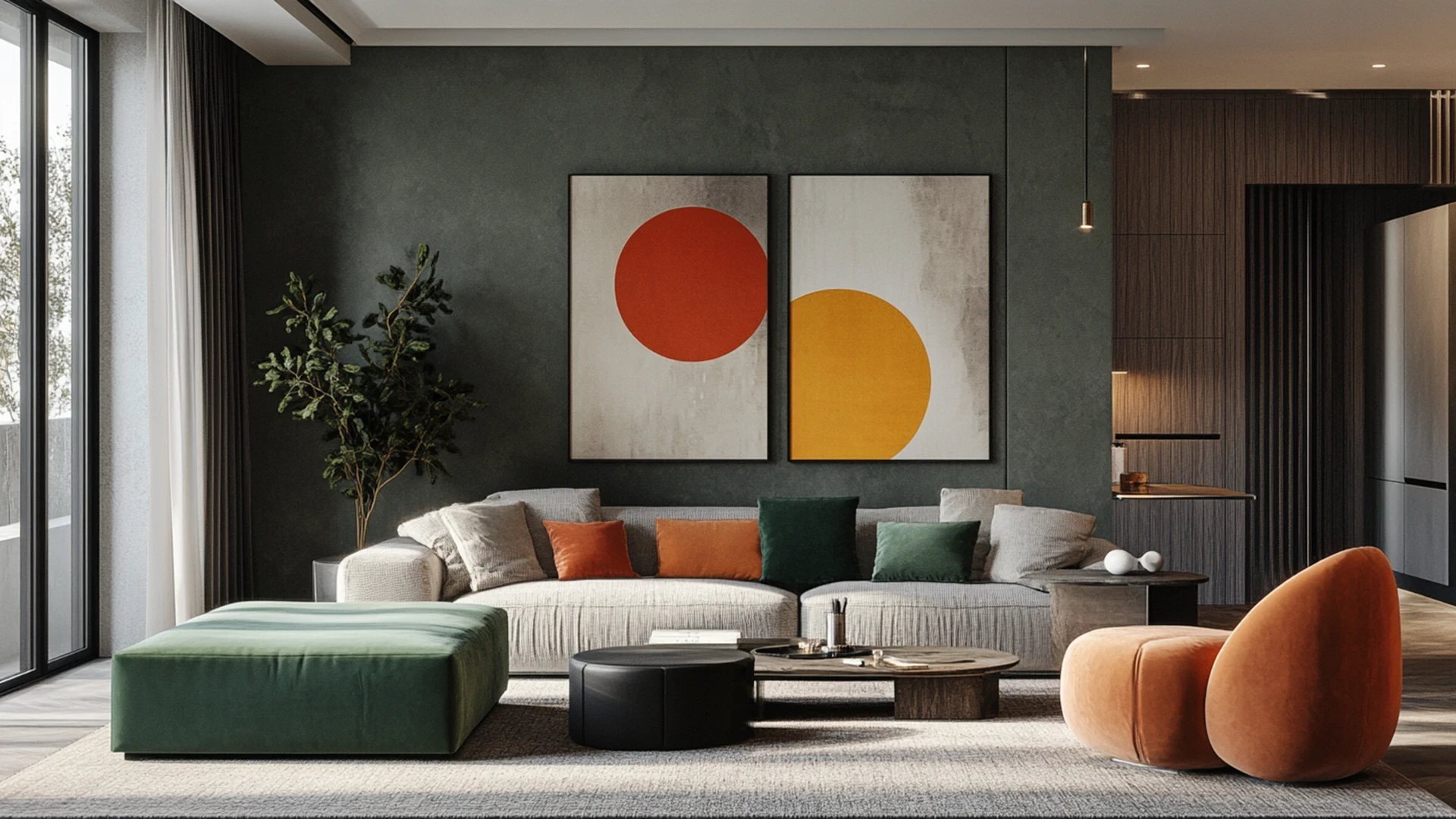
Living Creatively: How Art Shapes a Meaningful Lifestyle
In an age of deadlines, digital distractions, and never-ending to-do lists, many people are seeking more than just efficiency — they crave purpose, beauty, and connection. This quest often leads to one of the most powerful yet underrated tools for a fulfilling life: art.
Art is not only about galleries or famous painters — it’s a living, breathing force that touches every part of our lives. Whether through painting, music, fashion, interior design, photography, or journaling, art has the power to transform daily routines into intentional living. When we infuse our lifestyle with creativity, we enhance not only our personal well-being but also the richness of our interactions and environment.
This article explores how embracing art can redefine modern lifestyles — fostering mindfulness, boosting emotional health, and inspiring deeper connections with the world around us.
Art as a Daily Practice
We often think of art as something separate from life — reserved for museums, studios, or professionals. But art can and should be a part of everyday existence. Cooking a colorful meal, arranging flowers, decorating a space, writing poetry, or curating a personal wardrobe are all forms of creative expression.
Incorporating these small, intentional acts into your daily life doesn’t require talent — just openness. When you create regularly, you train yourself to see beauty in the ordinary and appreciate the small moments that often go unnoticed.
Some ways to bring art into your routine include:
-
Keeping a visual journal or sketchbook
-
Designing a home environment with colors and textures that reflect your mood
-
Starting a photography habit (even on your phone)
-
Practicing mindful doodling or coloring
-
Listening to music that matches the energy of your day
These acts don’t just make life more aesthetically pleasing — they foster mental clarity and emotional balance.
Creativity as Self-Care
In the wellness world, self-care is often associated with routines like exercise, skincare, or meditation. But creativity is an equally vital — and often overlooked — form of self-care.
Creating art, even casually, activates different areas of the brain, helps process emotions, and can provide relief from anxiety, stress, and depression. Painting, sculpting, and writing offer safe spaces to explore inner thoughts and release tension.

Unlike passive entertainment, such as scrolling through social media or watching TV, artistic activities are engaging and restorative. They allow individuals to enter a “flow state” — a mental zone where time feels suspended, and worries fade into the background.
For many, art becomes a therapeutic outlet, helping them reconnect with themselves and find peace amid the chaos of daily life.
The Art of Living Mindfully
Art and mindfulness go hand-in-hand. To create — whether it’s arranging a dinner plate or sketching a portrait — requires presence. You must slow down, observe details, and engage your senses. This is the essence of mindfulness: being fully in the moment.
Living artfully doesn’t mean everything has to be perfect. In fact, imperfections are often what make art — and life — most beautiful. A lifestyle rooted in art embraces process over product, meaning over materialism.
Some mindful, art-inspired habits include:
-
Decorating your home with handmade or vintage items that tell a story
-
Creating seasonal rituals around music, journaling, or decorating
-
Curating personal experiences like hosting a themed dinner or crafting a handmade gift
-
Spending time in nature and translating what you see into sketches or poetry
Through these acts, you transform everyday experiences into meaningful expressions of your inner world.
Fashion, Design, and the Art of Expression
One of the most visible forms of everyday art is personal style. Fashion is more than clothing — it’s a powerful form of storytelling. The way we dress reflects our identity, mood, culture, and even political views.
Curating a wardrobe is similar to painting on a canvas — combining color, shape, and texture in a way that communicates who you are. Whether minimalist or eclectic, bold or subtle, your fashion choices become living art.
Interior design is another area where lifestyle and art intersect. Our living spaces influence how we feel and function. Choosing artwork, arranging furniture, or even selecting lighting can turn a home into a personal sanctuary.
Investing time in these aspects of life is not about vanity or luxury — it’s about creating spaces and routines that nurture your spirit.
The Role of Art in Relationships and Community
Art also enhances how we connect with others. Sharing creative experiences builds empathy, understanding, and joy. Think of the connections formed at a music festival, the conversations sparked by a thought-provoking film, or the warmth of receiving a handmade card.
In relationships, creativity fuels intimacy. Couples who share hobbies like painting or dancing often find new ways to bond. Families that engage in crafts or storytelling traditions pass on more than skills — they build lasting memories.
On a larger scale, public art, community murals, and local art events bring people together, encourage civic pride, and celebrate cultural diversity.
In a world that often feels divided, art offers a universal language of unity.
Slowing Down in a Fast World
One of the greatest challenges in modern lifestyle is the constant rush. Busyness is worn like a badge of honor. But this pace can erode mental health, relationships, and creativity.
Integrating art into life is a natural way to slow down. Unlike fast consumption, artistic pursuits require patience and presence. Whether it’s attending a pottery class, visiting a museum, or writing poetry by candlelight, art allows you to step off the treadmill and into intentional living.
This slow, thoughtful approach often leads to greater satisfaction, emotional resilience, and purpose.
Art and Purpose: Finding Your Creative Voice
Living a creative lifestyle is not about being the best painter or writer — it’s about giving yourself permission to explore. Everyone has a creative voice, and tapping into it can lead to greater confidence and clarity about life’s direction.
Some people turn their creative hobbies into side businesses, art careers, or social causes. Others simply enjoy the private joy of making something from nothing. Both are valid and valuable.
The key is to stay curious. Try different forms of art. Don’t worry about results. Let creativity lead you back to yourself.
your day
These acts don’t just make life more aesthetically pleasing — they foster mental clarity and emotional balance.
Creativity as Self-Care
In the wellness world, self-care is often associated with routines like exercise, skincare, or meditation. But creativity is an equally vital — and often overlooked — form of self-care.
Creating art, even casually, activates different areas of the brain, helps process emotions, and can provide relief from anxiety, stress, and depression. Painting, sculpting, and writing offer safe spaces to explore inner thoughts and release tension.
Unlike passive entertainment, such as scrolling through social media or watching TV, artistic activities are engaging and restorative. They allow individuals to enter a “flow state” — a mental zone where time feels suspended, and worries fade into the background.
For many, art becomes a therapeutic outlet, helping them reconnect with themselves and find peace amid the chaos of daily life.
The Art of Living Mindfully
Art and mindfulness go hand-in-hand. To create — whether it’s arranging a dinner plate or sketching a portrait — requires presence. You must slow down, observe details, and engage your senses. This is the essence of mindfulness: being fully in the moment.
Living artfully doesn’t mean everything has to be perfect. In fact, imperfections are often what make art — and life — most beautiful. A lifestyle rooted in art embraces process over product, meaning over materialism.
Some mindful, art-inspired habits include:
Decorating your home with handmade or vintage items that tell a story
Creating seasonal rituals around music, journaling, or decorating
Curating personal experiences like hosting a themed dinner or crafting a handmade gift
Spending time in nature and translating what you see into sketches or poetry
Through these acts, you transform everyday experiences into meaningful expressions of your inner world.
Fashion, Design, and the Art of Expression
One of the most visible forms of everyday art is personal style. Fashion is more than clothing — it’s a powerful form of storytelling. The way we dress reflects our identity, mood, culture, and even political views.
Curating a wardrobe is similar to painting on a canvas — combining color, shape, and texture in a way that communicates who you are. Whether minimalist or eclectic, bold or subtle, your fashion choices become living art.
Interior design is another area where lifestyle and art intersect. Our living spaces influence how we feel and function. Choosing artwork, arranging furniture, or even selecting lighting can turn a home into a personal sanctuary.
Investing time in these aspects of life is not about vanity or luxury — it’s about creating spaces and routines that nurture your spirit.
The Role of Art in Relationships and Community
Art also enhances how we connect with others. Sharing creative experiences builds empathy, understanding, and joy. Think of the connections formed at a music festival, the conversations sparked by a thought-provoking film, or the warmth of receiving a handmade card.
In relationships, creativity fuels intimacy. Couples who share hobbies like painting or dancing often find new ways to bond. Families that engage in crafts or storytelling traditions pass on more than skills — they build lasting memories.
On a larger scale, public art, community murals, and local art events bring people together, encourage civic pride, and celebrate cultural diversity.
In a world that often feels divided, art offers a universal language of unity.

Slowing Down in a Fast World
One of the greatest challenges in modern lifestyle is the constant rush. Busyness is worn like a badge of honor. But this pace can erode mental health, relationships, and creativity.
Integrating art into life is a natural way to slow down. Unlike fast consumption, artistic pursuits require patience and presence. Whether it’s attending a pottery class, visiting a museum, or writing poetry by candlelight, art allows you to step off the treadmill and into intentional living.
This slow, thoughtful approach often leads to greater satisfaction, emotional resilience, and purpose.
Art and Purpose: Finding Your Creative Voice
Living a creative lifestyle is not about being the best painter or writer — it’s about giving yourself permission to explore. Everyone has a creative voice, and tapping into it can lead to greater confidence and clarity about life’s direction.
Some people turn their creative hobbies into side businesses, art careers, or social causes. Others simply enjoy the private joy of making something from nothing. Both are valid and valuable.
The key is to stay curious. Try different forms of art. Don’t worry about results. Let creativity lead you back to yourself.





Post a comment